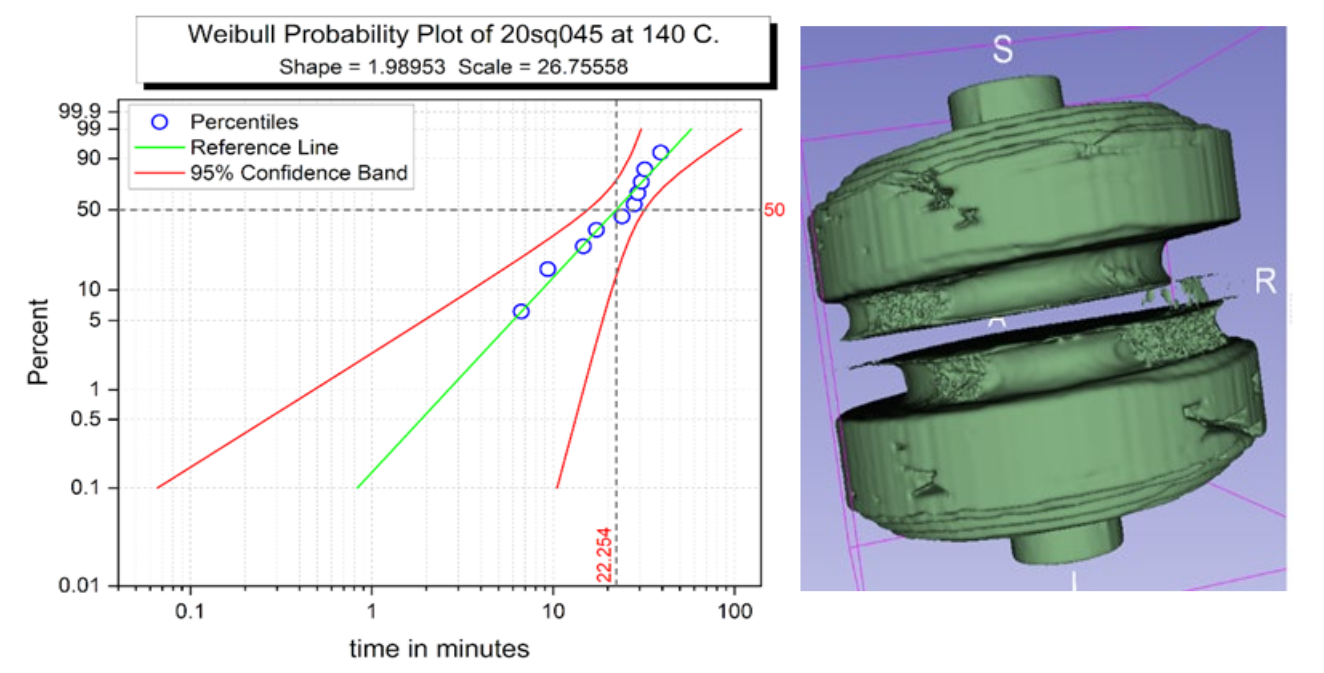


Bypass diodes in PV modules are reverse biased under normal operating conditions when there’s no partial shading on the modules. The temperature of these diodes is approximately equal to the module temperature - which can reach ~75oC in rack-mount configurations and even 100oC in close-roof-mount configurations in hot climates. There is no test in any of the IEC / UL / BIS standards that assesses the long-term performance of these diodes in reverse bias at moderately high temperatures in reverse bias (HTRB). The NCPRE Reliability Group, led by Prof. Narendra Shairadkar, has developed a customized setup for large-scale reliability testing of bypass diodes under HTRB and found that the diodes are indeed susceptible to failure by HTRB. Most of these failures, if at all they happened, occurred in the first 2- 3 hours of the 1000-hour long test. Weibull distribution was found to describe the observed failures relatively well and Arrhenius activation energies were extracted for these failures. This is the first report of experimentally determined activation energies of such diodes in the literature. All the failures occurred in short-circuit, and interestingly, no failure signatures could be seen in the cross-sectional X-ray. When X-ray tomography was conducted, we could see the evidence of pitting. Currently, we are working to develop a test for module manufacturers / test labs using which they could assess the vulnerability of their bypass diodes against HTRB. The results of this work are recently published in the following paper: Karan P Rane, Narendra Shiradkar, “Long term durability assessment of Schottky bypass diodes in photovoltaic modules under high temperature reverse bias operation,” Solar Energy, v. 286, p. 113152, 2025.

(Left) Weibull distribution of bypass diode failures under HTRB conditions; (Right) Pitting as seen in X-ray tomography.